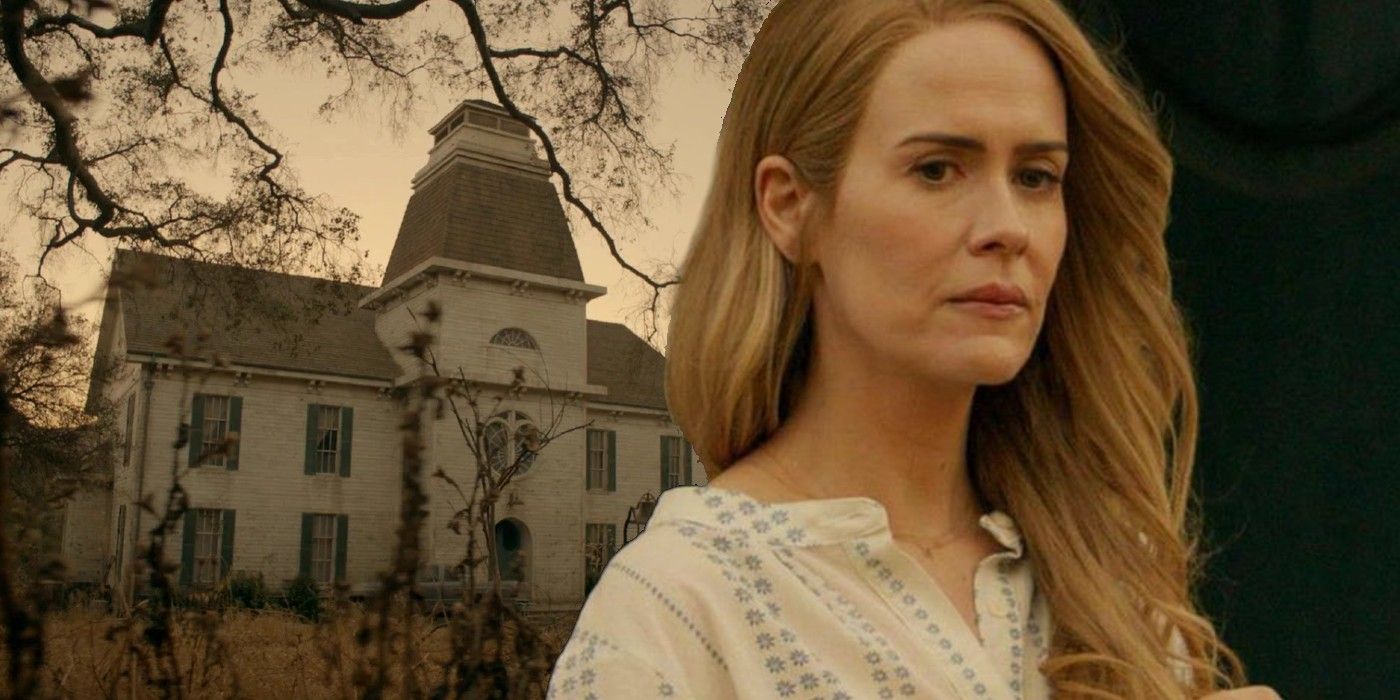American Horror Story is not the same TV show it used to be, and the decline could be pinpointed to a specific change that occurred with season 6.
American Horror Story’s decline in quality can be narrowed down to a specific change that occurred during the release of Cult in 2017. To date, the horror series has released 12 seasons, with some of the first few installments being regarded as can’t-miss-TV due to the intricate storytelling and stellar ensemble casts. However, as time went on, the themes of American Horror Story seasons have floundered, losing viewers due to convoluted plots and stories that fail to hook the audience. Though the anthology has gradually decreased in quality in recent years, a specific change in format may be a major factor.
For the first time in American Horror Story‘s history, the theme of season 12’s Delicate is based on a book rather than an original idea concocted by Ryan Murphy and Brad Falchuk. While Delicate may have ushered new life into the long-running show, it might be too late, especially after Double Feature was deemed the worst American Horror Story season and caused a major hit to viewership in the subsequent installments. That said, that decline started years prior.
American Horror Story’s Quality Dipped When The Show Stopped Having A Centralized Location

Cult‘s story utilized several locations without having a centralized setting, and most of the seasons that came after followed suit. Even season 11’s NYC didn’t have a character-like setting that pulled the plot together. It may have embraced the expansive city and nearby Fire Island to present the horrors of the AIDS epidemic and its origins in NYC, but for those who didn’t know the real epidemic’s origins, the location of the story wasn’t critical. The same can be said for Delicate, which is also based in and around New York City. Without those easily recognizable and creepy locations that pulled everything together, the plots became too convoluted.
American Horror Story: 1984 Was The Last Time A Setting Mattered

Interestingly, the last time American Horror Story had somewhat of a centralized location that was treated like its own character was season 9, which was subtitled 1984. Season 9 also happens to be the highest-rated installment since Coven, the season that’s often considered the peak of the series. A good portion of 1984 was set at Camp Redwood during different time periods. More importantly, the grisly events at Camp Redwood and its supernatural effects on victims made the setting a crucial part of the season’s mystery in the same way locations like Murder House, Briarcliff Manor, and Hotel Cortez became important in previous seasons.
By forgoing that centralized location tactic, American Horror Story has lost an element that enhanced previous seasons. The most noteworthy seasons, which also happened to be the most well-received, found ways to incorporate unique settings and use them to ramp up the mysteries or unsettling nature of the theme in focus. The recent seasons of American Horror Story have clearly struggled for several reasons, but bypassing centralized locations surely seems like a significant factor.


